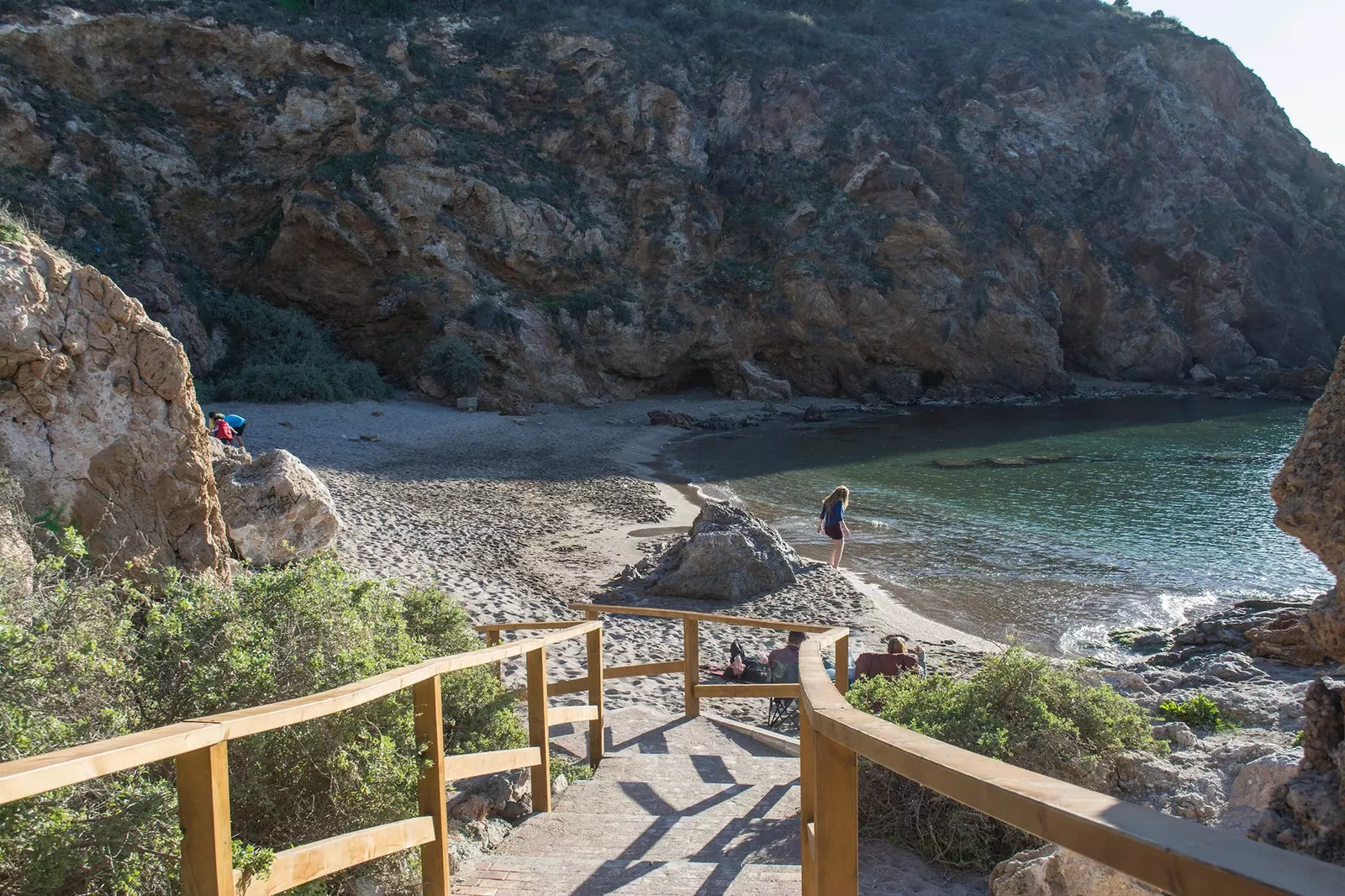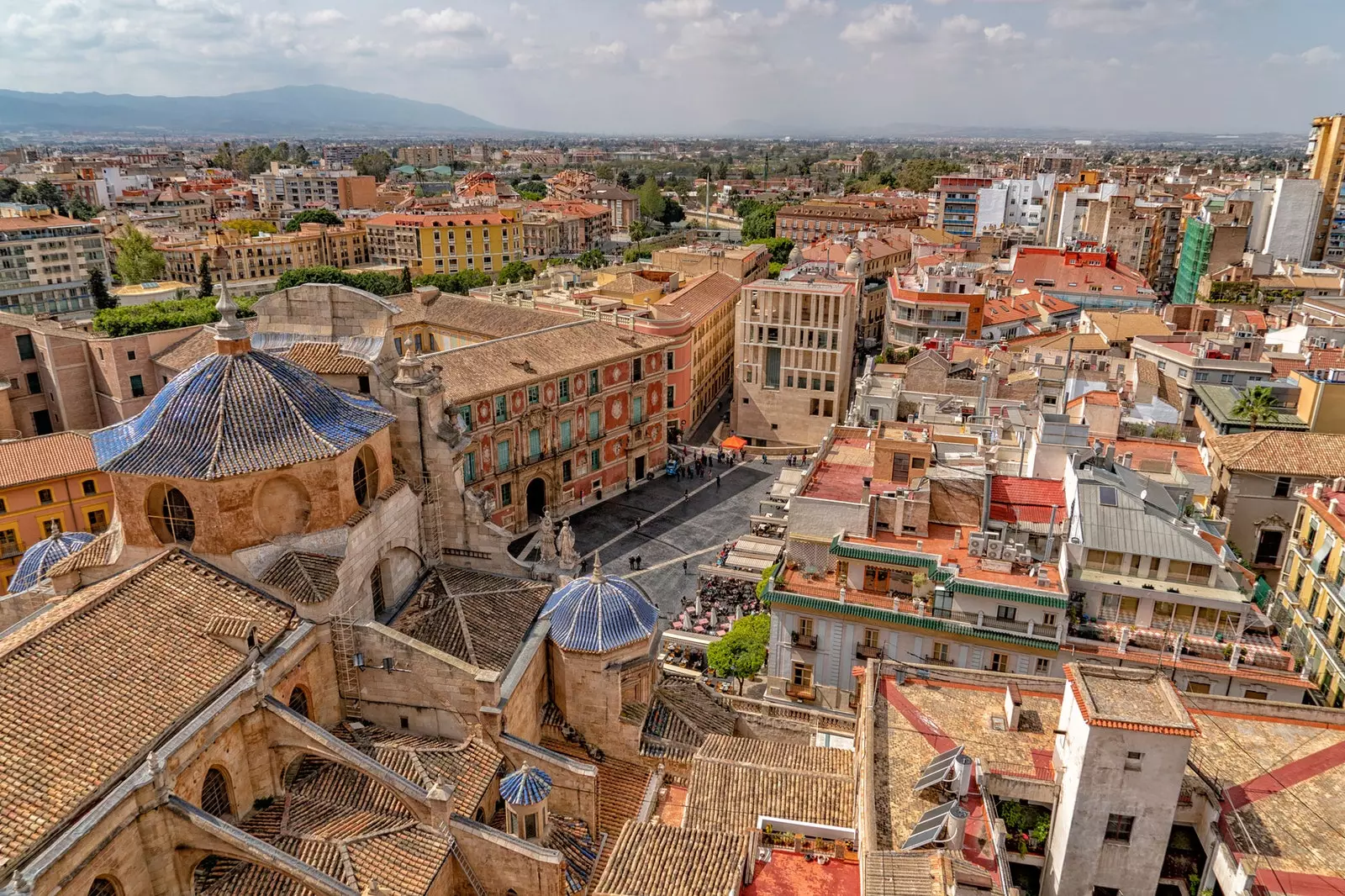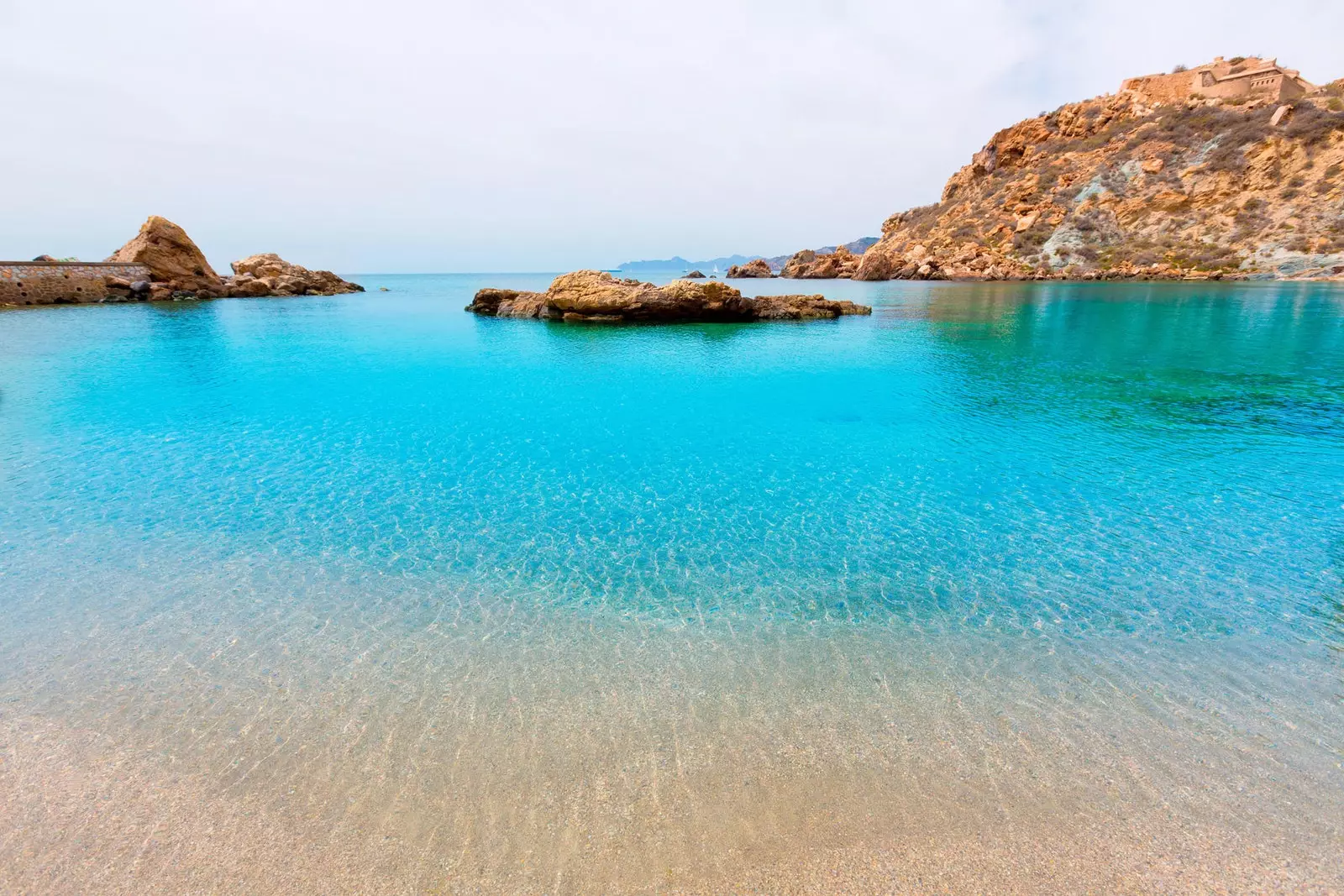
Murcia: here we come!
Updated on the day: 07/24/2020. The end of the state of alarm in Spain has given way to the so-called 'new normality', that reality in which we will live until an effective cure or a vaccine is found to deal with the health crisis caused by Covid-19, and which already regulates the Royal Decree-Law 21/2020, of June 9.
Wear a mask, maintain a safety distance of about two meters between people and wash your hands frequently will be the common rules that will mark our day to day wherever we live. However, there will be aspects that will change depending on the Autonomous Community in which we find ourselves.
The Region of Murcia enters the new normality and does so, like the rest of the communities, with its own regulation: the Resolution of June 19, 2020, of the General Secretariat of the Ministry of the Presidency and Finance, which provides for the publication in the Official Gazette of the Region of Murcia of the Agreement of the Governing Council, regarding prevention and containment measures applicable in the Region of Murcia to deal with the health crisis situation caused by COVID-19, after the end of the state of alarm and for the reactivation phase.
The Annex to this Agreement was amended on July 13 to include the mandatory use of the mask in the Region of Murcia motivated by the increase in the mobility of people that occurs in the summer months and by "the appearance of certain outbreaks and the increase in positive cases in asymptomatic people".
This measure seeks “reinforce the conditions and regime for the use of the most effective and simple means of protection which is available at the moment, which is none other than the mask ”.
These are the measures that the Region of Murcia has adopted in its transition to the new normality.
MANDATORY USE OF MASK
“On public roads, in open-air spaces and in any closed space for public use or open to the public, regardless of the maintenance of the physical interpersonal safety distance.”
The Agreement establishes that the mask in question Must cover mouth and nose spanning from the chin to the nasal septum, and specifies that “the nostrils are not exposed”.
The use of a mask thus becomes mandatory for** people over six years old** with some exceptions such as those who have illness or respiratory difficulty that may be aggravated by the use of a mask; people who, due to a situation of disability or dependency, do not have the autonomy to take it away from them; people who present behavior alterations that make its use unfeasible; when practicing sports outdoors; in cases of force majeure or a situation of necessity; with activities in which the use of a mask is incompatible (consumption of drinks and food or in swimming pools and beaches, although it is recommended to wear it out of the water).
In these cases, “it is recommended the use of any other means of protection or barrier in addition to the use of a mask, when the level of concurrent risk makes it necessary”.
RESTAURANTS AND TERRACES
The maximum occupancy allowed inside the premises may not exceed 75% of the capacity. In the outdoor terraces can be placed 75% of the tables.
Consumption inside the premises can be done sitting at a table, preferably with prior reservation and must ensure the maintenance of the proper physical distance of 1.5 meters between the tables or, where appropriate, groupings of tables.
In any case, the tables may not gather more than 30 people. Consumption at the bar will be allowed as long as a minimum separation of 1.5 meters between clients or groups of clients is guaranteed.
In those establishments with a self-service modality direct handling of food by customers will not be allowed , and the service must be provided by a worker. The use of shared use letters will also be avoided.
Items for shared use such as toothpick holders, napkin holders, cruets, oil cans or the like may not be made available to customers. prioritizing the use of single-dose products, delivered by staff at the request of customers.
HOTELS AND TOURIST ACCOMMODATION
Hotels and tourist accommodation may make use of all the places they have. Nevertheless, the maximum permitted occupancy of the common areas will be 75%.
The maximum number of participants in group or entertainment activities will be 30 people , and should preferably be carried out outdoors and without the use of shared material.
In the tourist lodges and hostels , the maximum permitted occupancy of the rooms will be fifty% , unless they welcome people with a bond, in which case their full occupation will be allowed.
The maximum allowed occupancy of the common areas of shelters and hostels will be 75%.
MUSEUMS AND EXHIBITION HALLS
In museums and exhibition halls, the maximum occupancy allowed will be 75%, both for visits to the permanent or temporary collections, as well as for the development of other cultural activities.
Group visits will be a maximum of 30 people, including the monitor or guide and as far as possible, mandatory tours or visiting shifts will be established to avoid crowds.
ACTIVITIES IN THE NATURE
The activities of active tourism, sports tourism, nature, ecotourism, adventure and those developed with a tour guide will be carried out in groups of up to 30 people, who must respect the rules of distance and hygiene at all times.
BEACHES
on the beaches The use of umbrellas, deckchairs, hammocks, chairs or towels spread out on the ground will be allowed. In any case, the safety distance of 1.5 meters between the outer limits of said elements, this rule being able to be exempted for people with a bond.
All personal objects, such as towels, bags, creams or toys must stay with its owner, avoiding contact with other users.
The maximum occupancy of footbaths, toilets, changing rooms or showers will be one person, must be cleaned and disinfected frequently. Closed spaces should be ventilated before and at the end of the day.
In the case of the provision of rental services for sun loungers, hammocks, jet skis, jet skis or the like, Proper disinfection should be performed after each use.
Likewise, City Councils may establish the necessary organizational measures to guarantee respect for the interpersonal safety distance between users.
The practice of recreational activities individually or in groups is allowed, that involve the use of balls, balls or throwing objects, provided that the interpersonal safety distance of 1.5 meters between the players and the rest of the beach users, and the areas occupied by them are not invaded.
POOLS AND RIVERS
In inland waters, such as pools, backwaters and freshwater channels with little flow, bathing and recreational uses are discouraged Since disinfectant treatment is not possible, the temporary survival of the virus in fresh water is not totally ruled out.
SWIMMING POOLS
In spaces with swimming pools for public and private use, outdoors or indoors, whether for sports or recreational use, the maximum occupancy allowed will be 75% of its usual capacity.
The capacity of the pool glass will be established in each case in such a way that the surface of 2.25 square meters per person is respected. Users must be informed by signage of the maximum number of people who can remain simultaneously in each pool.
The use of umbrellas, deckchairs, hammocks, chairs or towels spread out on the ground will be allowed. In any case, the safety distance of 1.5 meters must be respected.
As a general rule, all the facilities that are part of the pool and that may be in contact with users, such as the bathing area, platform, toilets, changing rooms, shower area, lockers and infirmary, They should be cleaned and disinfected at least twice a day.
Closed spaces should be ventilated before and at the end of the day. If the showers are collective, one out of every two showers will be available, to ensure that interpersonal distance is respected.
AMUSEMENT PARKS, WATER PARKS, ZOOS, AQUARIUMS AND FAIRWAY ATTRACTIONS
At amusement parks, water parks, zoos, and aquariums the maximum occupancy allowed will be 75% of the capacity.
On seated attractions, a maximum occupancy of 50% of them must be respected, respecting in any case the interpersonal safety distance except between people with a relationship.
In the rest of the attractions without a seat, a minimum interpersonal distance of 1.5 meters.
It must be carried out disinfection of all elements and objects handled by the participants in the attraction after each turn of use.

View of the city of Murcia from the air
CINEMAS, THEATERS, AUDITORIUM AND SIMILAR SPACES
The maximum occupancy allowed in movie theaters, theaters, auditoriums, tent circuses, and similar activities in closed establishments it will be 75% and in no case may it exceed the number of 200 people, who must remain seated and with pre-assigned seats or seats.
In those establishments that have points of sale or food and beverage supply counters, Customers must maintain the interpersonal safety distance of 1.5 meters at all times. The consumption of drinks or food may not be made outside the assigned seat.
SUMMER CINEMAS, DRIVE-IN CINEMA, THEATERS, AUDITORIUM AND OTHER OUTDOOR CULTURAL ACTIVITIES
In outdoor cultural activities, the public must remain seated, either in seats or seats, or in vehicles in the case of drive-ins.
In establishments with seats or seats, these must be arranged in such a way **that the interpersonal safety distance of 1.5 meters is guaranteed in all cases, with the exception of people with a relationship. **
In the case of drive-ins, The viewing of the film outside the vehicle will not be allowed, unless the organizer has provided seats or seats for it.
Activities may not gather more than 500 people. However, this number may be increased up to 800 people in those cases in which those responsible or promoters draw up a specific action plan.
In the case of outdoor cultural activities other than summer cinemas, drive-in theaters, auditoriums and circuses, The supply of drinks and food may be carried out exclusively by waiters, through table service.
MARKETS ON PUBLIC HIGHWAYS
In the case of markets, it cannot be exceeded 75% of the authorized positions. In addition, the municipalities may increase the area allocated to the stalls or enable new days for the exercise of the activity.
City councils must delimit the spaces destined for the installation of stalls, in order to guarantee the maintenance of a separation between them that facilitates compliance with interpersonal distance measures.
For its part, stall holders should facilitate separation between customers through the use of beacons, posters or signage.

Cala Cortina (Cartagena, Murcia)
